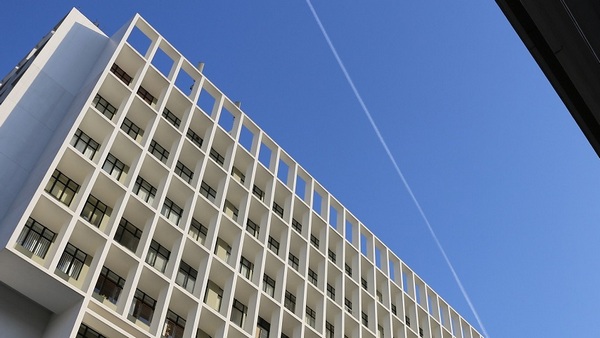Fine particulate matter (PM2.5) is one of the most detrimental air pollutants to human health. There are increasing evidences that PM2.5 is associated with population mortality, cardiovascular and respiratory diseases, and even mental health such as anxiety and suicide. China, one of the most populated countries who enjoys rapid economic growth in the world, is now suffering from severe PM2.5 pollutions. This is particularly true in China’s capital regions, viz. the Beijing and its surrounding cities.
The focus of this project is to understand the patterns and dynamic interactions of PM2.5 concentrations in Beijing and its surrounding cities, and to propose a zoning framework to identify areas of interactions of PM2.5 pollutions and help inform the pollution mitigation policies in China.
This project consists of three individual but connected studies. In the first study, I will examine the temporal patterns of PM2.5 in Beijing. The second study extends from Beijing to the Beijing-Tianjin-Hebei area, with an aim of exploring the dynamic interactions of PM2.5 in the area. In the third study, the study area is further extended to the whole China and I will answer important policy questions like how regional are the PM2.5 pollutions and how large is the area where the PM2.5 pollutions interact with each other.
In these studies, I use advanced computational methods including time-series clustering, cross-correlation method, and Geographical Information Science tools as well as innovative visualization techniques to explore the temporal patterns and interactions of the PM2.5. The research results are expected to offer different perspectives in understanding PM2.5 pollutions in China and to provide policy and social implications to policymakers and practitioners in the field of environmental management and urban planning.
Funding
This is my dissertation project. It is funded by the University Postgraduate Fellowship of The University of Hong Kong, the NSFC project “Remote Sensing Monitoring of PM2.5 Concentrations and Analysis of Socio-economic Driving Forces in Beijing-Tianjin-Hebei Based on VIIRS Data” as well as the Urban China Initiative Grant “Urban Climate and its Impact on Mental and Social Well-being of Residents: Empirical Evidence from China”.
Relevant Papers
Jianzheng Liu, Weifeng Li, Jiansheng Wu. 2018. A framework for delineating the regional boundaries of PM2.5 pollution: A case study of China. Environmental Pollution. doi: 10.1016/j.envpol.2017.12.064.
PDF
Jianzheng Liu, Jie Li, Weifeng Li. 2016. Temporal Patterns in Fine Particulate Matter Time Series in Beijing: A Calendar View. Scientific Report. doi: 10.1038/srep32221.
PDF Slides Shortlisted for RTPI Early Career Research Award
Jianzheng Liu, Weifeng Li, Jie Li. 2016. Quality screening for air quality monitoring data in China. Environmental Pollution. doi: 10.1016/j.envpol.2016.06.037.
PDF
Presentations
- 2017. Annual Meeting of the Association of American Geographers, Boston, MA, USA, April 5-9. Presentation title: Temporal Patterns in Fine Particulate Matter Time Series in Beijing: A Calendar Views.
- 2016. RGS-IBG Annual International Conference 2016, London, UK, 30 August – 2 September 2016. Presentation title: Temporal Patterns in Fine Particulate Matter Time Series in Beijing: A Calendar Views.
- 2016. The 10th International Association for China Planning (IACP) Conference, organized by IACP and Peking University, Beijing, China, June 30-July 3, 2016. Presentation title: Temporal Patterns in Fine Particulate Matter Time Series in Beijing: A Calendar Views.
- 2016. The 15th Academic Conference for Postgraduate Students in Construction Management & Real Estate, Hong Kong, June 22. Presentation title: Temporal Patterns in Fine Particulate Matter Time Series in Beijing: A Calendar Views.
Best Presentation Award - 2016. International Conference on Geographies of Health and Living in Cities: Making Cities Healthy for All, organized by Department of Geography at The University of Hong Kong, Hong Kong, China, June 21-24, 2016. Presentation title: Temporal Patterns in Fine Particulate Matter Time Series in Beijing: A Calendar Views.
